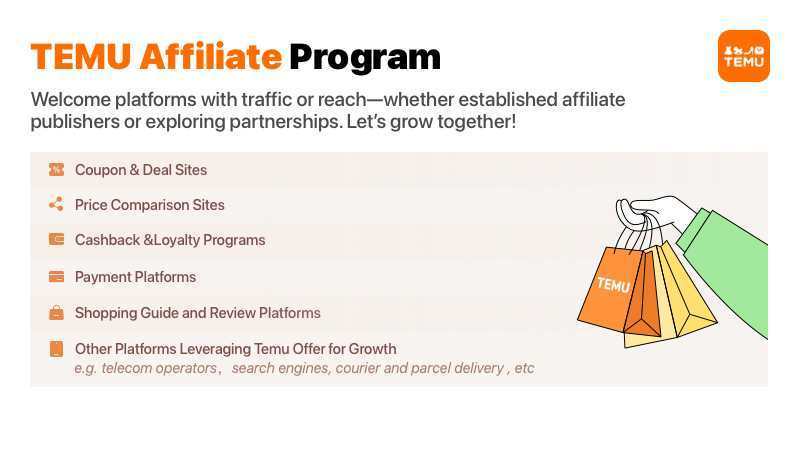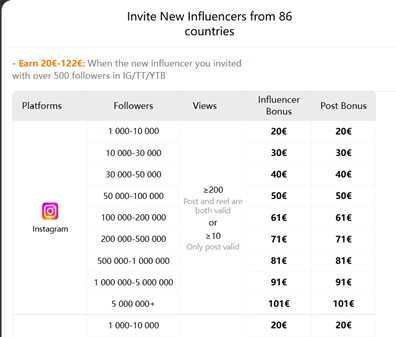When running a business, maintaining proper financial records is not just a matter of compliance. It is important for long-term success. The role of accounting as a foundational aspect of business management cannot be overstated.
Good accounting practices inform strategic decision-making and enable business owners to identify growth opportunities, manage expenses, and safeguard assets. Without an accurate financial overview, entrepreneurs may struggle to navigate the market efficiently, potentially leading to losses and missed opportunities.

Understanding Cash Flow Management
One of the most significant facets of accounting is cash flow management. Effective cash flow monitoring allows businesses to understand their financial position clearly. This understanding aids in the identification of periods of cash surplus or shortfall, enabling proactive measures to be taken.
82% of businesses fail due to cash flow mismanagement. By implementing appropriate accounting controls, businesses can minimize the risk of cash shortages that can hinder operational efficiency.
Regularly reviewing cash flow statements helps in anticipating trends and preparing adequately for future financial needs. This practice encourages strategic investments without jeopardizing the business’s immediate financial health. When cash management practices are well-established, businesses are better positioned for sustained growth.
Financial Reporting and Compliance
Adhering to legal and regulatory requirements is a non-negotiable aspect of operating a business. Proper accounting ensures that financial reports are accurate and compliant with regulations set forth by authorities such as the IRS.
Regular audits and reviews serve to identify discrepancies that could potentially lead to penalties or legal complications. Businesses that utilize professional bookkeeping services can ensure that their records meet current standards, reducing risks associated with errors or omissions. Transparent financial reporting fosters trust with stakeholders, including investors and customers.
Maintaining an ethical approach to finance preserves a company’s reputation and enhances the likelihood of attracting new investment. A well-documented financial history showcases a business’s potential for growth and stability, making it more appealing in the eyes of investors.
Enhancing Decision-Making Processes
Data-driven decision-making is vital for staying competitive in a marketplace. Proper accounting provides valuable insights into a company’s performance trends, helping businesses make informed choices.
With detailed reports on sales, expenses, and profitability, business owners can identify which areas require attention and which strategies are yielding results. Through accounting, managers can pinpoint underperforming product lines or departments and devise optimization strategies.
Cost analysis, generated through accurate accounting, allows firms to evaluate operational efficiency and identify areas for cost reduction. By monitoring budget variances, companies can stay on top of financial performance and implement timely corrective actions.
If a particular expense line item is consistently over budget, this knowledge enables business leaders to assess its necessity or explore potential alternatives. The enhanced visibility into financial operations directly improves the quality of decision-making and minimizes the chances of costly errors in strategic planning.

Budgeting and Forecasting Capabilities
Budgeting is a critical component of business strategy, primarily shaped by accurate accounting records. A well-prepared budget serves as a roadmap for the organization’s financial journey, providing clarity on projected income and expenses.
Proper accounting practices enable accurate forecasting, informing both short-term and long-term planning. Companies utilizing precise data can adjust their budgets as necessary, responding to market changes or business developments.
A sudden uptick in sales would necessitate an increase in production or inventory, while a downturn might require spending cuts. A flexible budget provides businesses with the agility needed to adapt to real-time developments, ensuring they remain resilient amid economic fluctuations. To achieve this level of foresight, businesses should engage in a consistent review of their financial standing through comprehensive accounting practices.
Tax Preparation and Planning
One of the primary reasons for maintaining proper accounting is simplifying tax preparation. Accurate financial records allow business owners to maximize deductions while ensuring compliance with tax laws. Without meticulous accounting, businesses risk costly audits, penalties, and missed opportunities for tax savings.
The IRS demands detailed documentation, and businesses with well-organized records can efficiently provide the necessary information when required. Tax planning is another beneficial aspect stemming from effective accounting.
By analyzing financial data throughout the year, businesses can proactively reduce their tax liabilities. Engaging with professional services for bookkeeping enhances tax strategies, allowing for smarter decision-making regarding expenses, investments, and charitable contributions. As a result, organizations safeguard their assets and create more effective financial strategies for future growth.
Risk Management and Internal Controls
A robust accounting framework serves as a frontline defense against financial mismanagement and fraud. Proper accounting practices entail the implementation of internal controls, which are key to identifying and preventing discrepancies.
Businesses leveraging accurate accounting systems are better equipped to detect anomalies early, reducing the impact of potential fraud or financial irregularities. Strong internal controls promote accountability within the organization, deterring malfeasance. Establishing structured procedures for expense approval and regular reconciliations drives operational integrity.
Organizations with strong internal controls can reduce losses to fraud by up to 50%. When companies maintain appropriate accounting practices, they create a comprehensive risk management strategy, ensuring their financial health is fortified against unpredictable disturbances in the business environment.
Taking a proactive approach to proper accounting could be the defining factor in your business’s success. By understanding cash flow management, ensuring compliance with financial reporting, enhancing decision-making processes, facilitating effective budgeting and forecasting, simplifying tax preparation, and fostering strong risk management practices, businesses position themselves for long-term growth and stability. Prioritizing financial accuracy through dedicated services of bookkeeping protects assets and promotes informed strategies that lead to sustainable success.


















